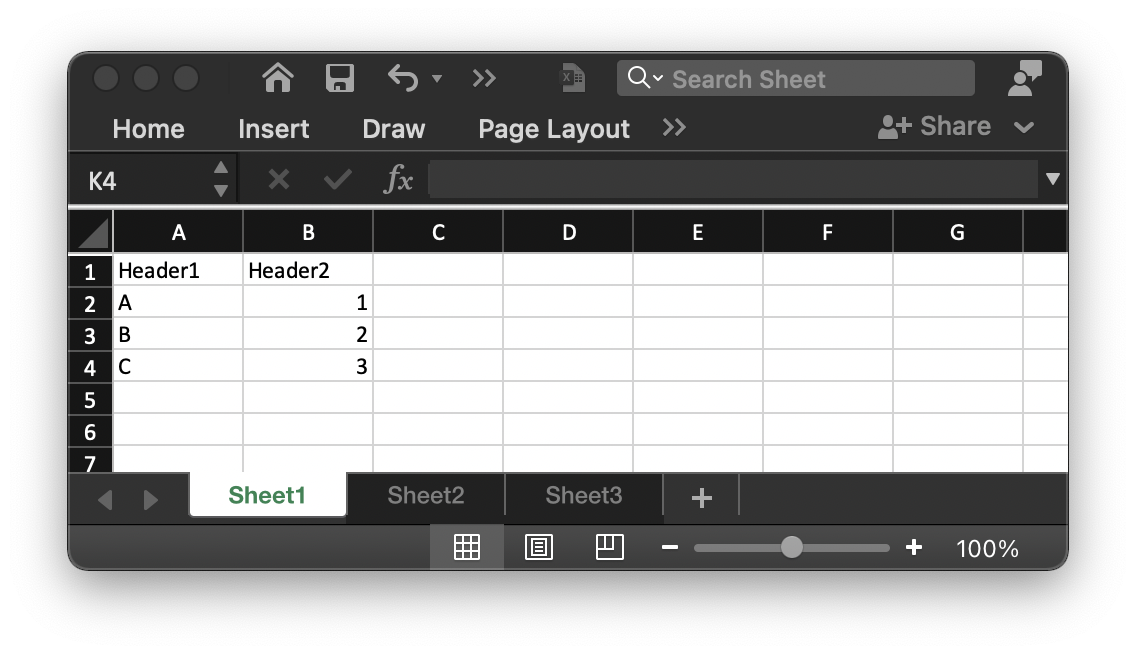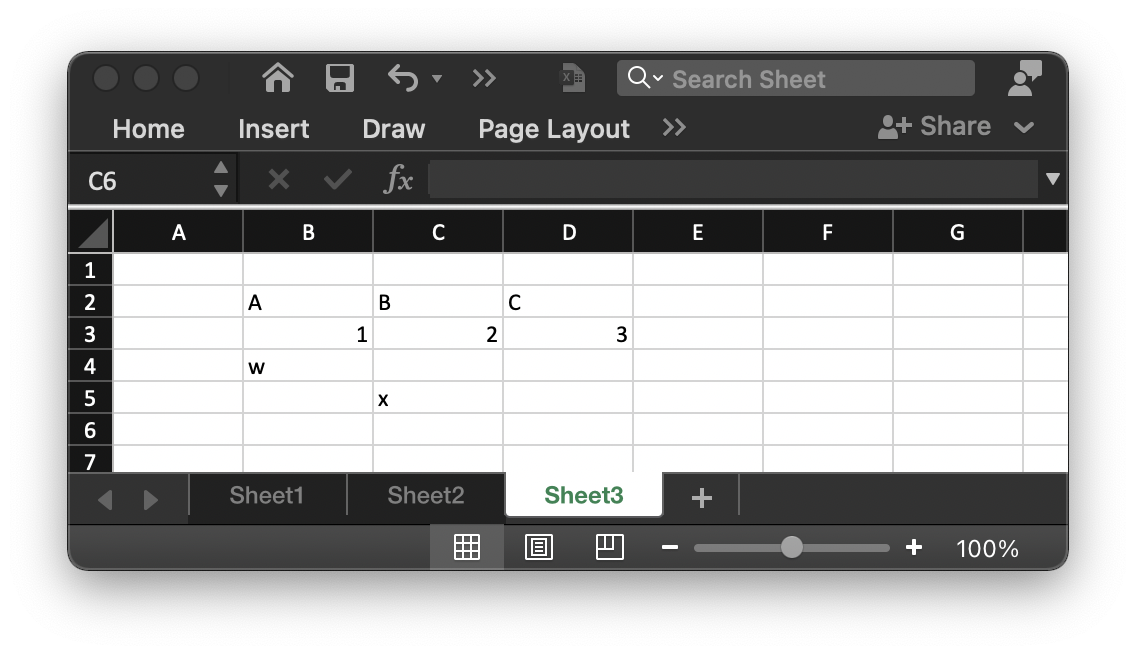Reading an XLSX with Perl
There have been many times where I needed to extract information from an Excel spreadsheet for use in other tools, such as SoC register maps, test cases, or even information from specification. For this, I go to Spreadsheet::XLSX. This Perl module provides functions for reading from an XLSX spreadsheet in Perl.
Spreadsheet::XLSX is an emulation of Spreadsheet::ParseExcel, meaning the important classes (Workbook, Worksheet, and Cell) are the same between the two modules – just one parses XLSX and the other parses XLS. This makes it easy to swap between the two modules.
Below is a simple example that will open a spreadsheet file.xlsx, iterate through each sheet (Sheet1, Sheet2, and Sheet3), and print each cell of that sheet.
use Spreadsheet::XLSX;
# Open spreadsheet
my $excel = Spreadsheet::XLSX->new("file.xlsx");
# Go through each sheet
foreach my $sheet ($excel->worksheets()) {
printf "Sheet: $sheet->{Name}\n";
# Go through each cell
foreach my $row ($sheet->{MinRow} .. $sheet->{MaxRow}) {
foreach my $col ($sheet->{MinCol} .. $sheet->{MaxCol}) {
my $cell = $sheet->get_cell($row, $col);
my $val = ($cell) ? $cell->value() : "";
print "[$val] ";
}
print "\n";
}
}
Here are screenshots of the example file.xlsx.



And here is the output of the script.
➜ ./t1.pl
Sheet: Sheet1
[Header1] [Header2]
[A] [1]
[B] [2]
[C] [3]
Sheet: Sheet2
[HeaderA] [HeaderB] [HeaderC]
[0] [t1] [12]
[1] [t2] [42]
[2] [t2] [3]
[3] [t4] []
[4] [t1] [2]
Sheet: Sheet3
[A] [B] [C]
[1] [2] [3]
[w] [] []
[] [x] []
It is important to check that a $cell exists before using its value, since a blank cell will cause $cell will be undefined.
my $val = ($cell) ? $cell->{Val} : "";
To switch between reading an XLSX and XLS, the following changes are needed:
- Change the module name from Spreadsheet::XLSX to Spreadsheet::ParseExcel.
- Change the file name to read in the XLS instead of the XLSX.
- ParseExcel requires an extra step of creating a Parser object, then parsing the spreadsheet with the
parse()function.
use Spreadsheet::ParseExcel;
# Open spreadsheet
my $parser = Spreadsheet::ParseExcel->new();
my $excel = $parser->parse("file.xls");
# Go through each sheet
foreach my $sheet ($excel->worksheets()) {
printf "Sheet: $sheet->{Name}\n";
# Go through each cell
foreach my $row ($sheet->{MinRow} .. $sheet->{MaxRow}) {
foreach my $col ($sheet->{MinCol} .. $sheet->{MaxCol}) {
my $cell = $sheet->get_cell($row, $col);
my $val = ($cell) ? $cell->value() : "";
print "[$val] ";
}
print "\n";
}
}
Or in other words, the diff between the two scripts is shown below.
5c5
< use Spreadsheet::XLSX;
---
> use Spreadsheet::ParseExcel;
8c8,9
< my $excel = Spreadsheet::XLSX->new("file.xlsx");
---
> my $parser = Spreadsheet::ParseExcel->new();
> my $excel = $parser->parse("file.xls");